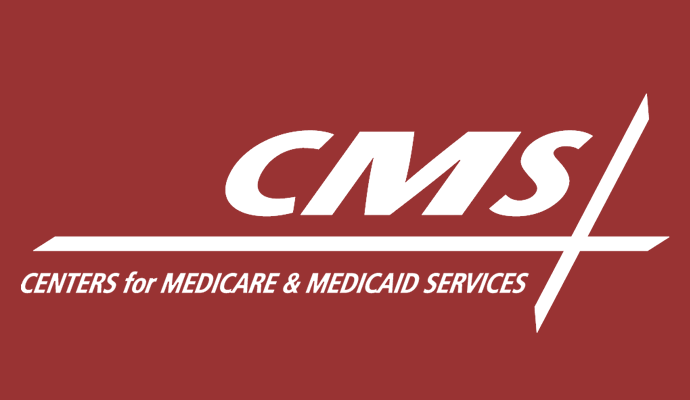CMS Moves to Foster Access to Generics, Biosimilars in New Rule
The administration is proposing to increase Medicare Part D drug pricing transparency via requirements to create more competition against specialty drugs.

Source: Centers for Medicare & Medicaid Services
- The Trump administration put out a proposed rule on Wednesday that aims to foster access to generics and biosimilars through a push for price transparency around pharmaceutical drugs administered under Medicare Part D.
In the second part of its advance notice for calendar year 2021 for Medicare Advantage and Medicare Part D, the Centers for Medicare and Medicare Services is considering requiring plans to provide price comparisons to members in real-time. The first part was issued in January.
The agency’s proposal looks to increase plans’ appeal. It would require plans to allow direct price comparisons between formulary options and provide members with cost-sharing data.
By 2022, each Part D plan would be required to implement a real-time benefit tool for members to view a subset of information about a plan in the prescribers’ system under the proposed rule.
“We are addressing the need for patients to know their prescription drug costs up front by requiring plans to develop a real-time online drug benefit tool so consumers can see their out-of-pocket costs, know what’s covered, & what their options are, CMS Administrator Seema Verma said on Twitter following the proposal’s release.
CMS also seeks comments on whether and how it should go about developing measures for generic and biosimilar adoption in Medicare Part D for their possible use when calculating a plan’s star rating. Plans would be rewarded based on the rate at which they encourage lower-cost products under the agency’s proposal. An advance notice outlines three potential concepts for measures.
The first potential concept for measuring adoption of Part D generics and biosimilars gives preference to higher generic substitution rates. The second and third consider lower generic therapeutic-alternative opportunity rates and higher biosimilar adoption rate better, respectively.
The proposal coincides with larger initiatives around not just pricing transparency, but also the affordability of generics and of biosimilars. Other agencies are grappling with the same issues.
“Some have suggested that CMS dictate that all generic drugs go on particular tiers with favorable cost sharing amounts,” Verma said in a blog post on Wednesday. “However, CMS’s authority to regulate plan negotiations with manufacturers is limited in statute by the non-interference clause, which prohibits interference in negotiations between plans and manufacturers and pharmacies.” This speaks to the proposal’s limitations by operation of law.
Further, the agency puts forth an additional specialty tier. It proposes to require a “preferred” specialty tier in Part D that includes an alternative for members to go for lower-cost drugs.
“Plans would be able to demand a better deal from manufacturers of the highest-cost drugs in exchange for placing their products on the ‘preferred’ specialty tier,” the agency said. With the new specialty tier, CMS aims to achieve a balance between plan flexibility and member access to Part D drugs.
The preferred tier is the first of its kind to date. It would support flexibility for plans by not prescribing which Part D drugs can go on either specialty tier. Yet the agency intends to continue evaluating formulary change requests involving biosimilar biological products on the specialty tiers on a case-by-case for compliance.
Comments are solicited on whether to restrict the second tier to generic drugs and biosimilars.
CMS is reconsidering its policy to limit Part D sponsors’ plan structuring to one tier upon request to account for the introduction of biosimilars into the market and some higher-priced generic drugs relative to some brand name drug prices. The new tier aims to level negotiating power.
The plan for a second tier adds to the approaches agencies and lawmakers have laid out to combat drug prices. With the specialty tier being the costliest, requiring Part D to offer a second tier would allow Part D members to choose from more options with lower cost-sharing.
Under MA, the plan is to include data that better reflects how members feel about their plans.
The proposed rule is also intended to advance CMS’ role in combating the country’s opioid crisis. One provision would require that CMS identify a Part D member with an opioid-related overdose history as a “potential at-risk beneficiary” subject to potential automatic escalation under another provision in the proposed rule. This is also intended to reduce drug spending.
